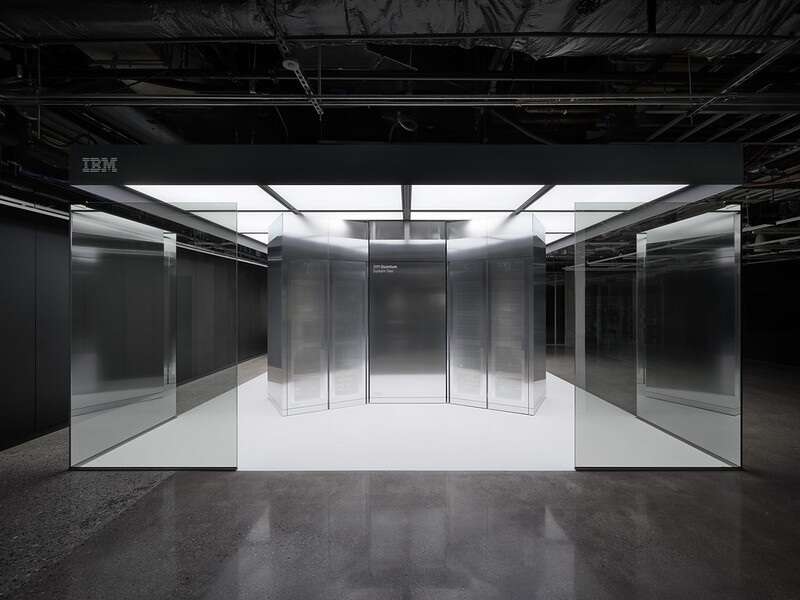
IBM has unveiled a powerful new modular quantum computing system, Quantum System Two’, which combines three 133-qubit ‘Heron’ quantum processors into a single quantum circuit. In so doing, IBM claims to have realised a blueprint for scalable, modular quantum computing that is practically useful for enterprise users.

“We are firmly within the era in which quantum computers are being used as a tool to explore new frontiers of science,” said IBM’s senior vice-president and director of research, Dario Gil. “As we continue to advance how quantum systems can scale and deliver value through modular architectures, we will further increase the quality of a utility-scale quantum technology stack – and put it into the hands of our users and partners who will wish to push the boundaries of more complex problems.”
Unveiled at the company’s Quantum Summit in New York, the machine is 15ft tall and operates “in a near-perfect vacuum at temperatures colder than deep space”. IBM promises that the system by which the three Heron processors are connected will be used to attach more processors as the overall machine is fine-tuned. Each of these three processors, the company claims, will be able to process up to 5,000 operations. Over the next decade, its proprietary “quantum coupling technology” will be used to connect more processors and thereby allow for 1bn operations to be computed in a single quantum circuit by 2033.
Heron, Condor and more quantum birds
Heron is the latest in a series of bird-themed quantum processors IBM hopes will increase the number of qubits capable of being harnessed by researchers and enterprise users. It is also more efficient than its antecedents, claims Big Blue, with Heron boasting error correction rates five times better than its predecessor Eagle. Quantum System Two is also designed to accommodate Heron’s successors like “Flamingo”, predicted to harness 156-qubit by 2025, and “Starling,” which IBM says will host 200 by the year 2029.
Big Blue also announced plans to incorporate generative AI as a tool in quantum code programming, powered by its “Granite” foundation model. According to IBM vice president Jay Gambetta, it will soon be possible for quantum developers to just write a series of text prompts describing the quantum problem they wish to explore and see the AI model generate the code required to solve it.
“Generative AI and quantum computing are both reaching an inflection point, presenting us with the opportunity (…) to simplify how quantum algorithms can be built for utility-scale exploration,” said Gambetta. “This is a significant step towards broadening how quantum computing can be accessed and put in the hands of users as an instrument for scientific exploration.”
Today’s announcements cap a productive few weeks for IBM. Last month, Big Blue announced a new agreement with the UK’s National Quantum Computing Centre to provide cloud-based access to British quantum researchers, followed by a deal with Japanese researchers to install its Quantum System One computer at the University of Tokyo.






